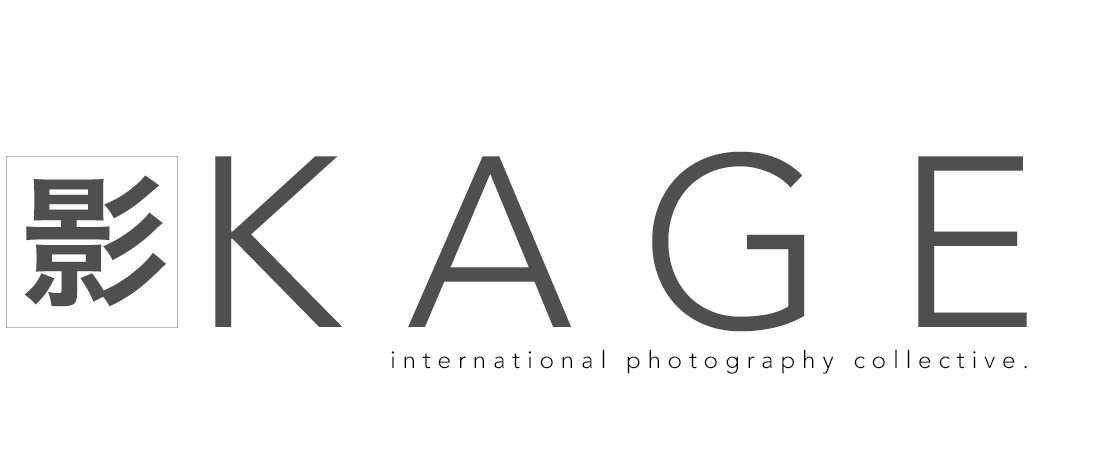By Patrick La Roque
In 1963, Diane Arbus submitted a proposal to the Guggenheim Foundation. Her goal was to document modern human rituals—from dog shows to beauty parlours, dancing lessons and picnics. Because, she said, “These are our symptoms and our monuments”.
Humanity exists through ceremony. I don’t just mean religious or formal events, but those small, everyday rites we use to weave stories, of ourselves to ourselves. Every trip to the mall, every soccer game and weekday dinner defines us.
Over the years, I took for granted the quiet rhythm of our lives. I captured a lot of it, aware of the urgency, and yet these moments still seemed eternal: walking the kids to the bus stop; reading to them at bedtime. Driving up to the countryside to visit Cynthia’s mom and dad on weekends, sleeping over, waking up to the sound of chatter and the smell of coffee—that novelty bird clock chirping madly, every hour on the hour. Once in a while my sister would come over for drinks, her girls, our gang, would all play games together downstairs and have a blast; we’d find them loud and slightly annoying, not realizing this would soon pass. Not realizing we’d miss the outbursts and the laughter.
These were our monuments.
And they were made of sand.
And they’ve been washed away.
Life did most of the work. The pandemic piled on. ...
…
From Reflect - Regret or Regain by Jonas Rask
I chose Jonas’s very tight self-portrait as my inspiration because I saw a dissolution of reality that immediately spoke to me. And because frankly, that’s all I’m able to perceive these days: the commonplace bending to the physics of funhouse mirrors. As a photographer, it’s my way of faking something new out of the old, I guess, or tricking myself into believing a larger world is somehow accessible. It isn’t, not yet. The fact is, closeness, in all of its forms, to the point of being devoured whole, is all we have left at the moment. It’s all I have to give, anyway.
Until we build new monuments.













